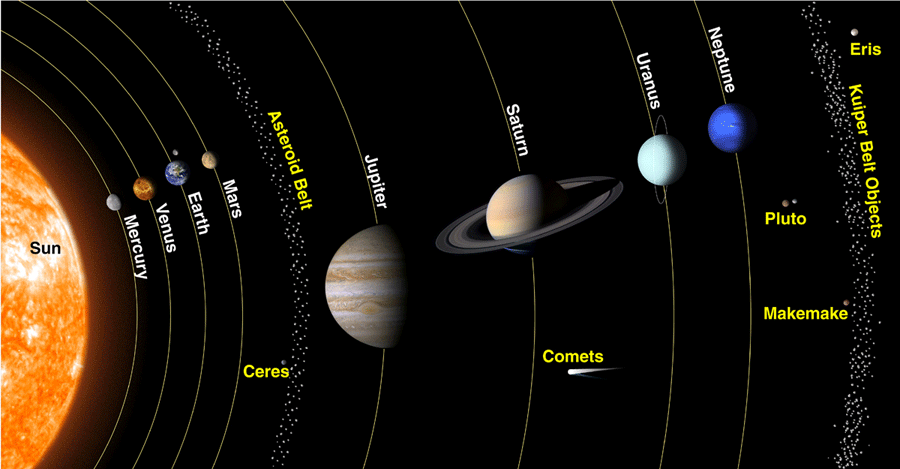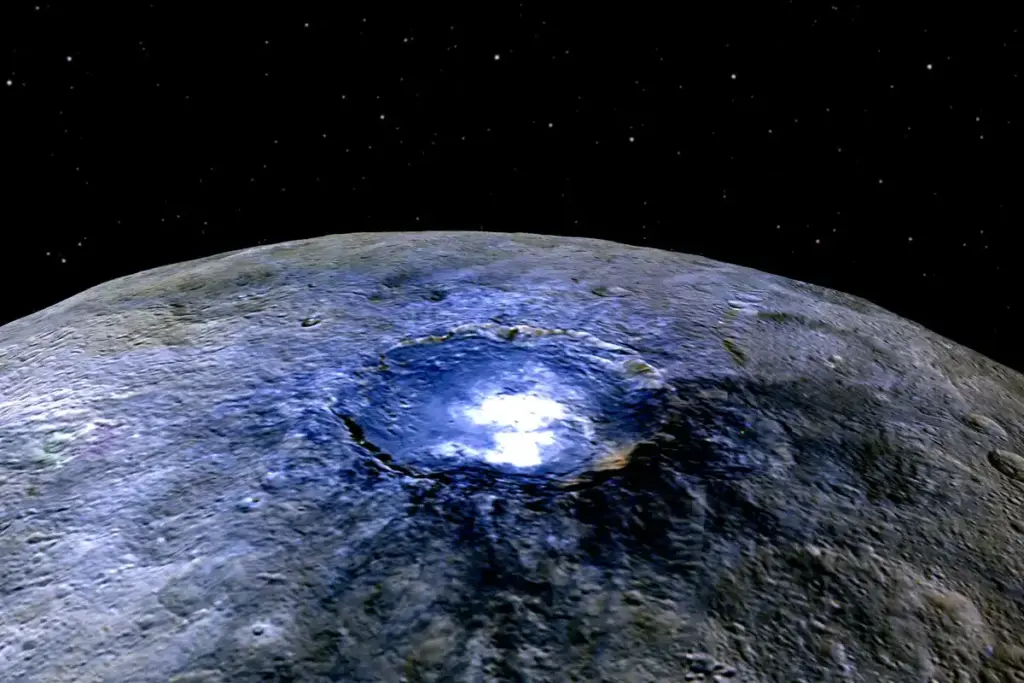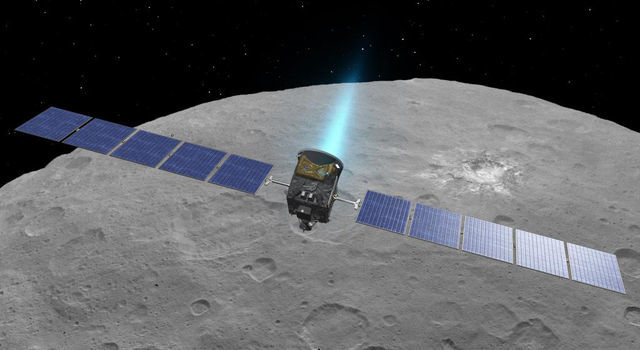Deep within the asteroid belt, a hidden gem has been waiting to be discovered – the dwarf planet Ceres, a frozen ocean world that is rewriting our understanding of the early solar system. Recent findings published in Nature Astronomy have revealed an ice-rich crust on Ceres, which has significant implications for our comprehension of ocean worlds close to Earth.

The Dawn mission, launched by NASA, provided crucial data that allowed scientists to unravel the mysteries of Ceres’ surface and subsurface. By analyzing the morphology of impact craters, researchers were able to infer the composition and structure of the crust. The discovery of a thick ice-rich layer has far-reaching consequences for understanding the geophysical behavior of this enigmatic dwarf planet.

The resistance to crater relaxation on Ceres is a critical indicator of its substantial volume of near-surface ice. This ice-rich crust plays a vital role in thermal regulation, mechanical strength, and the overall evolution of the surface. These insights refine our models of how small icy bodies maintain their structure over geological timescales.
Moreover, the dynamics of ice flow under surface stress have been uncovered, revealing that even solids can flow over long periods, albeit at a slower rate than rock. This phenomenon helps explain why some craters on Ceres show signs of partial relaxation, while others remain well-preserved. Understanding the mechanics of ice flow is essential for interpreting surface features and their age.
The study also shed light on the distribution and depth variations of water ice within Ceres, revealing a layered structure with a mix of water ice and rock. This stratification suggests that the upper layers are dominated by water ice, while the deeper interior transitions to rockier material with lower ice content. This vertical variation in ice concentration is consistent with theories suggesting that Ceres once harbored a subsurface ocean or a significant reservoir of liquid water.
The discovery of an ice-rich crust and potential frozen ocean on Ceres places it among a growing class of ocean worlds in the solar system, including larger icy moons such as Europa and Enceladus. The importance of Ceres extends beyond its location in the asteroid belt, as it can serve as a comparison point for these distant bodies.
Ceres’ unique characteristics make it an attractive target for future missions, offering insights into the conditions that allow oceans to persist beneath icy shells. By examining Ceres’ crustal ice and internal structure, scientists can test models of ocean worlds and better predict the environments on other bodies that are of interest for astrobiology and planetary science.
The potential for future missions to probe beneath the surface of Ceres is vast, with opportunities to provide direct evidence of the frozen ocean and assess its composition, thickness, and potential for hosting prebiotic chemistry or even microbial life. The relative proximity of Ceres means that such exploration could be conducted at a lower cost and shorter mission durations compared to the giant icy moons.

In conclusion, the discovery of an ice-rich crust on Ceres is a significant breakthrough in our understanding of ocean worlds in the solar system. This frozen ocean world, nestled between Mars and Jupiter, offers a unique opportunity for scientists to study the conditions that allow oceans to persist beneath icy shells, providing valuable insights into the early days of our solar system and the potential for life beyond Earth.
Sourced from https://dailygalaxy.com/
Additional Details:
